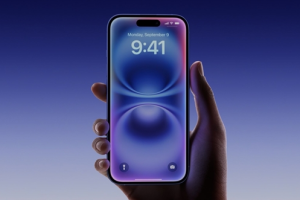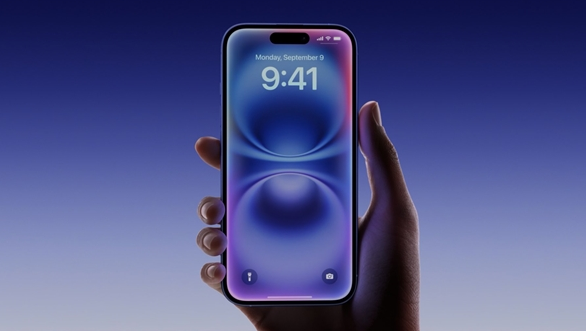November 07, 2023 – Apple Watch: A Surprising Revelation about Heart Rate Monitoring For many users, the Apple Watch is synonymous with a wrist-worn timepiece. However, recent research has shed light on an unexpected discovery: wearing an Apple Watch on your arm does not compromise the accuracy of its heart rate monitor.
According to a recent observational study published on PubMed, wearing the Apple Watch on your arm still provides accurate heart rate data.
The Apple Watch relies on an optical heart rate sensor to measure your vital signs. It utilizes a technology known as Photoplethysmography (PPG), which involves shining LED light onto the skin and measuring changes in reflected light intensity caused by blood flow.

When your heart beats, there is an increase in the amount of blood passing through specific body areas, such as the wrist. Between heartbeats, blood volume is less. By flashing its green light hundreds of times per second, the Apple Watch calculates your heart rate.
In this study, a surgeon wore two identical models of the Apple Watch, one on the wrist and the other on the arm.
Statistical analysis revealed that there was no systematic error in heart rate monitoring between the wrist-worn Apple Watch and the arm-worn one. In other words, the heart rate measurements from both locations were deemed sufficiently close, rendering either measurement accurate.
The study concluded:
“The results of this study suggest that the upper arm is a viable alternative site for monitoring heart rate using the Apple Watch during surgical procedures. The consistency and reliability of measurements obtained from both arm and wrist-worn devices are excellent, with no systematic errors and high accuracy.”
This groundbreaking research could have significant implications for medical professionals, as it opens up new possibilities for monitoring heart rates during surgeries and other clinical applications. The versatility of the Apple Watch’s heart rate sensor can provide healthcare practitioners with more flexibility in obtaining accurate data, ultimately benefitting patient care and outcomes.












